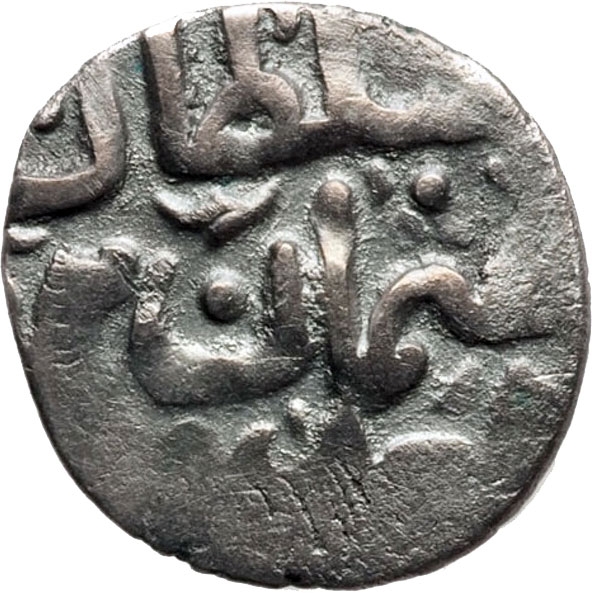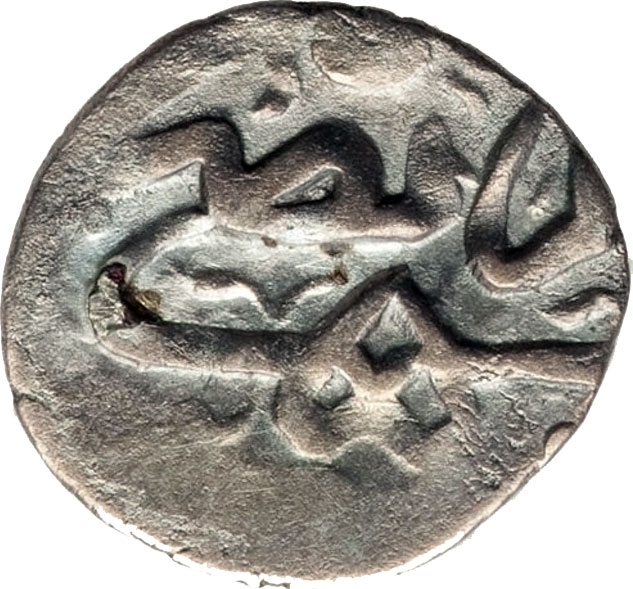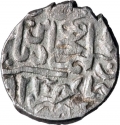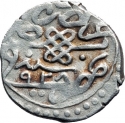You are about to finish your registration. Please check your mailbox (including spam folder). There should be a letter with a confirmation link. Check setting to make sure that your e-mail address is correct.
Send letter againDescription
Osman II (1604– 1622), also known as Osman the Young (Turkish: Genç Osman), was Sultan of the Ottoman Empire who came to the throne as an active and intelligent boy of 14 and who during his short rule (1618–1622) understood the need for reform within the empire.
Ambitious and courageous, Osman undertook a military campaign against Poland, which had interfered in the Ottoman vassal principalities of Moldavia and Walachia. Realizing that his defeat at Chocim in 1621 largely stemmed from the lack of discipline and the degeneracy of the Janissary corps, he proceeded to discipline them by cutting their pay and closing their coffee shops. Then he announced a plan to go on a pilgrimage to Mecca, but his real purpose was to recruit a new army in Egypt and Syria to break the power of the Janissaries. Hearing of this scheme and already resentful because of Osman’s previous policies, the Janissaries revolted, deposed Osman on May 19, 1622, and strangled him the next day.
The Eyalet of Egypt operated as an administrative division of the Ottoman Empire from 1517 to 1867. It originated as a result of the conquest of Mamluk Egypt by the Ottomans in 1517, following the Ottoman–Mamluk War (1516–17) and the absorption of Syria into the Empire in 1516. Egypt always proved a difficult province for the Ottoman Sultans to control, due in part to the continuing power and influence of the Mamluks, the Egyptian military caste who had ruled the country for centuries.
Obverse

|
Tughra in Osman II name, "Sultan Osman II ibn Ahmed I Khan". سلطان عثمان بن احمد خان |
|---|---|
Reverse

|
Arabic legend and Ottoman Turkish legend "Struck in Egypt" and the accession year in Hejira (AH1027) below, "az nassroh" (May he be victorious) above. عز نصره ضرب في |
| Edge |







